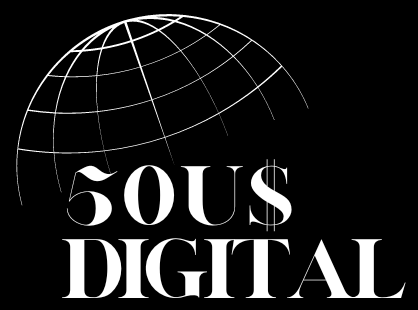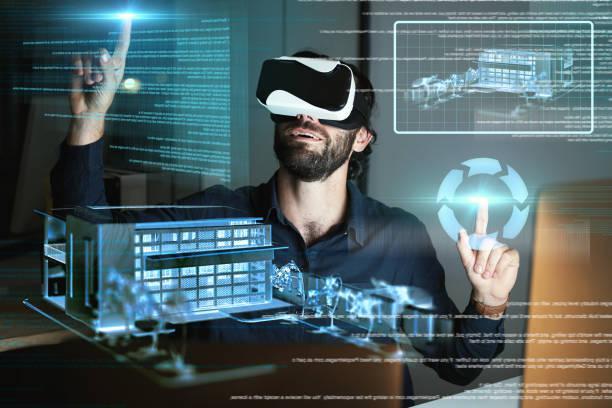Virtual Reality (VR) is transforming how we interact with digital environments, offering immersive experiences like never before. From gaming enthusiasts to healthcare professionals, VR is revolutionizing industries by providing users with a closer connection to information and entertainment. Discover how this technology is shaping the future by diving into our exploration of VR’s capabilities and potential.
“`html
Understanding Virtual Reality
Virtual Reality (VR) is a groundbreaking technology that immerses users in a computer-generated environment. By wearing a VR headset, users can experience a simulated reality that feels remarkably real. This is achieved through the integration of visual, auditory, and sometimes tactile feedback to create a multi-sensory experience.
VR technology primarily relies on headsets that come with motion sensors, accelerometers, and other devices like hand controllers to interact with the virtual environment. The aim is to provide a convincing and engaging experience that mimics or even enhances real-world scenarios.
The origins of VR date back to the 1950s, but it wasn’t until the last decade that significant advancements allowed for the adoption of VR across various industries. Today, VR is not merely about entertainment; it’s a tool for innovation and efficiency in multiple sectors.
The Rise of VR in Gaming
Gaming has been a frontrunner in the adoption of VR technology. The transition from 2D screens to immersive VR gaming environments has transformed how people experience games. With the introduction of VR headsets like the Oculus Rift, HTC Vive, and PlayStation VR, gamers can now enter virtual worlds and interact in ways never before possible.
VR gaming stands out due to its interactive experience and realistic simulations. Players can look around, move, and engage with elements in the game as if they were physically present. This immersion is further enhanced by advances in graphics, motion tracking, and sound technology.
Popular titles in VR gaming include Beat Saber, which combines music with physical movement, and Half-Life: Alyx, a game that redefines narrative storytelling in a VR landscape. The growth of VR gaming has also catalyzed the rise of esports and VR arcades, offering new entertainment avenues and business models.
VR’s Impact on Healthcare
The healthcare sector has embraced VR technology as a transformative tool. Its applications range from surgical simulations to pain management, enhancing both training and patient care. VR simulations provide a safe environment for medical professionals to practice complex surgeries without risk to real patients.
- Surgical Training: VR offers realistic simulations for surgical training, allowing surgeons to refine their skills in a controlled setting. This reduces the learning curve and boosts confidence in performing intricate procedures.
- Pain Management: VR is used for pain management, where patients are immersed in calming virtual environments during procedures to reduce anxiety and perception of pain.
- Therapeutic Applications: From treating phobias through exposure therapy to aiding in physical rehabilitation, VR provides customizable therapeutic scenarios that cater to individual patient needs.
The implementation of VR in healthcare not only improves outcomes but also lowers costs associated with traditional training and treatment methods. As technology advances, the potential for VR to revolutionize patient care expands exponentially.
Future Opportunities and Challenges
The future of VR presents immense opportunities across various sectors. Industries such as real estate, education, and tourism are exploring VR to enhance their services and customer engagement. For instance, potential homebuyers can take virtual tours of properties, and students can explore historical sites from the comfort of their classrooms.
Despite the exciting potential, VR also faces numerous challenges. A major hurdle is the high cost of VR equipment, which can be prohibitive for widespread adoption. Additionally, there are concerns about motion sickness and the long-term impact of VR on users’ mental and physical health.
Developers are working to overcome these obstacles by enhancing the comfort and reducing the price of VR devices. As technology advances, addressing technical limitations like latency and resolution will be crucial. The future of VR depends on striking a balance between technical progression and accessibility, ensuring that it becomes a mainstream tool rather than a niche product.
Furthermore, VR’s integration with other emerging technologies like Artificial Intelligence (AI) and Augmented Reality (AR) hints at a future where boundaries between physical and virtual worlds are less defined, opening up innovative pathways for application and engagement.
Explore Digital Success with 50us Digital Marketing
In the fast-paced digital world, make sure your business stands out. Visit 50us Digital Marketing Agency for cutting-edge solutions that cater to your digital needs. Whether you’re looking to design a stunning website, create high-converting sales pages, or boost your online presence with effective e-commerce strategies, we have you covered.
With expert services in digital marketing, we manage everything from paid traffic to blog creation, ensuring your business not only attracts but also retains customers. Our committed team at 50us Digital Marketing is dedicated to driving measurable results that enhance your brand’s visibility and sales.
Connect with us on Instagram at @agency50usdigital for the latest updates and insights. Seize the opportunity to transform your digital strategy and achieve your business goals. Ready to make an impact? Let’s get started!
“`

















